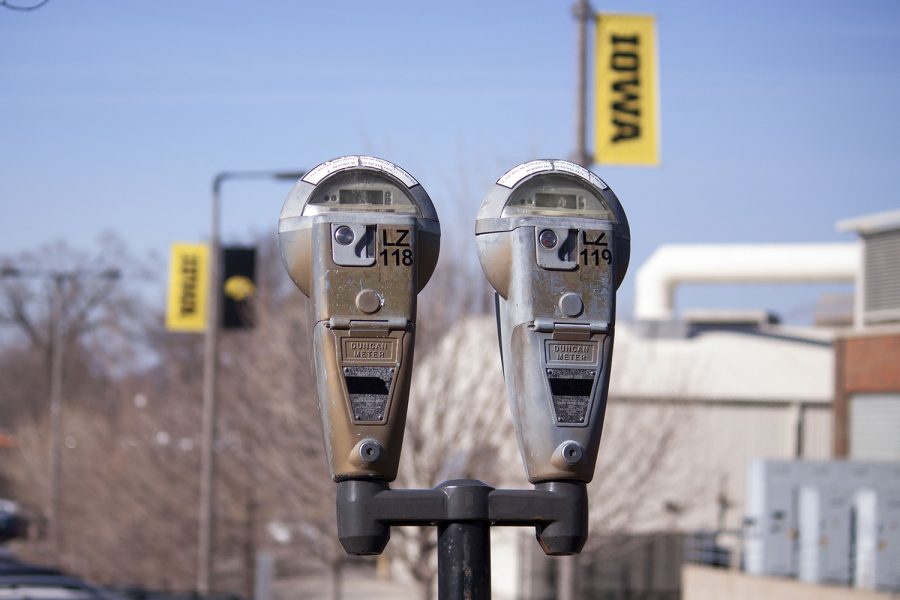As the summer heat continues, one expert noted that the weather has nothing to do with a recent solar flare erupting from the Sun.
Steven Spangler, a University of Iowa professor of physics/astronomy, held a free lecture this past weekend for Iowa City residents to discuss the Sun’s current position in the solar cycle and dispel any misconceptions about the reason behind the summer heat wave.
"You might think for the last few weeks we are closer to the Sun, but it is the opposite," Spangler said. "We are actually closest to the Sun in January."
Residents who wanted to view the Sun through telescopes convened Sunday in the courtyard outside Van Allen Hall after the viewing was pushed back from July 14 because of overcast skies.
A sunspot emitted a solar flare on July 12, which headed straight for Earth, Spangler said, but it wasn’t expected to pose any threat.
"It is hitting us as I speak, actually," he said on July 14 as people in the crowd gasped.
Spangler noted that the level of the flare was not dangerous and its largest possible impact on the Earth would be to radio signals.
The largest solar flare to hit the Earth in recorded history occurred in 1859. If one of that size were ever to occur again, it could wipe out all the satellites, which would seriously affect communications on Earth, Spangler said.
In addition to discussion of a recent solar flare, Spangler explained the Sun has an 11-year cycle and will reach its maximum next year.
"It’s what I like to call the natural heartbeat of the Sun," he said.
Iowa City resident Robert Dalrynple, who was the first to show up on Sunday, said he’s a longtime astronomy enthusiast and studied the subject in college. His favorite part about looking through the telescopes was seeing the prominences — a bright feature extending from the Sun’s surface.
During the last cycle, the Sun had close to 200 recorded sunspots when it reached its maximum, he said. The Sun currently has only 60 sunspots recorded, which is low for this point in the cycle.
When at its maximum, the Sun is most likely to experience sunspots, prominences, solar flares, and coronal mass ejections, making it the most exciting time to view.
Spangler said he was pleased with the number of people who decided to come back the second day.
However, he joked that even though it would have ruined the viewing, he had hoped for rain for agriculture’s sake.
Peter Haugen, a UI graduate student who received an undergraduate degree in physics, was on hand Saturday to help Spangler with his presentation.
"Coronal mass ejections are pretty nifty," he said. "But the Sun, it’s this gigantic object completely beyond our influence. You can understand why so many religions worshiped it as a god."






